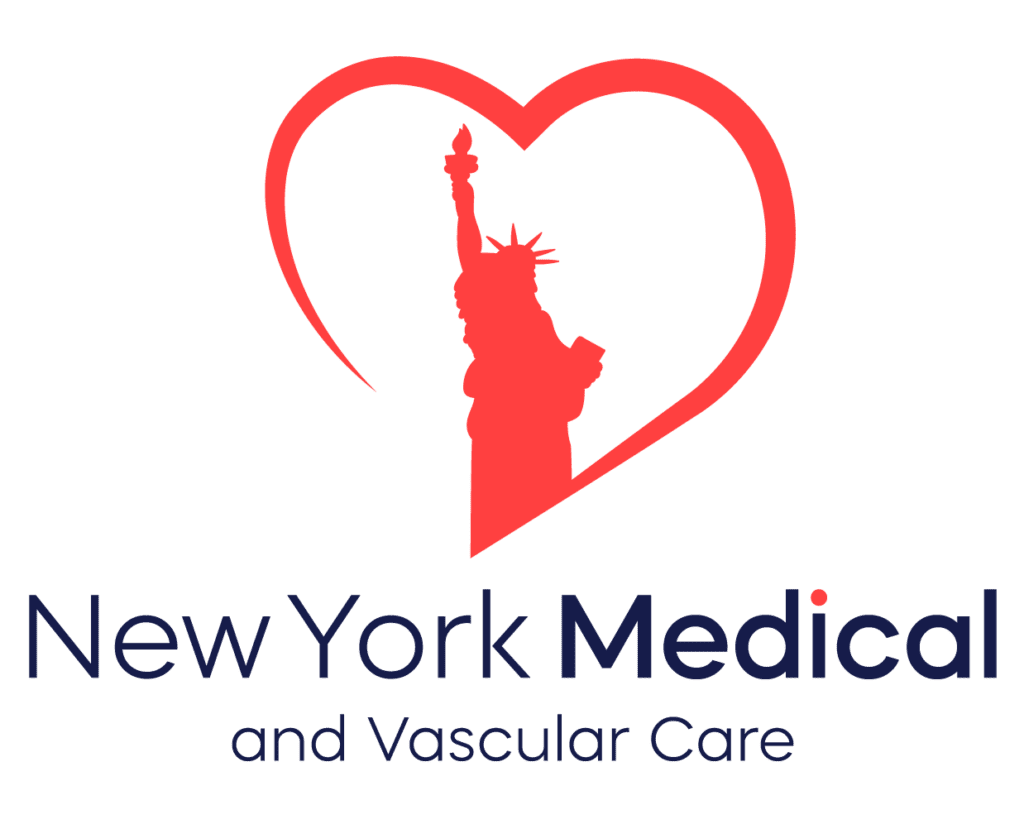After surgery, physical therapy is a crucial component of the recovery process, helping patients regain strength, mobility, and functionality. At NYMVC, we emphasize the importance of tailored physical therapy programs to ensure optimal recovery outcomes. Here’s an overview of some effective physical therapy techniques commonly used in post-surgical recovery.
1. Range of Motion Exercises
- Purpose: These exercises are designed to restore movement in the joints and prevent stiffness. They are typically introduced early in the recovery process to ensure that patients maintain flexibility and avoid complications like joint contractures.
- Examples: Passive stretching, where a therapist moves the joint through its range of motion, and active range of motion exercises, where the patient begins to move the joint themselves.
2. Strengthening Exercises
- Purpose: Strengthening exercises help rebuild muscle strength that may have been lost due to surgery or inactivity. These exercises are critical for restoring normal function and supporting the operated area.
- Examples: Isometric exercises (muscle contractions without movement) are often used initially, progressing to isotonic exercises (muscle contractions with movement) as the patient gains strength.
3. Balance and Coordination Training
- Purpose: After surgery, especially orthopedic or neurological surgery, patients may experience balance issues. Balance and coordination exercises help retrain the body to move efficiently and prevent falls.
- Examples: Techniques include standing on one leg, using balance boards, and performing controlled movements that challenge the body’s ability to maintain stability.
4. Gait Training
- Purpose: For patients who have undergone surgery on the lower extremities, gait training is essential to restore normal walking patterns. This training helps patients relearn how to walk correctly and efficiently, reducing the risk of further injury.
- Examples: Walking on a treadmill, practicing with parallel bars, and using assistive devices like canes or walkers as needed.
5. Manual Therapy
- Purpose: Manual therapy involves hands-on techniques performed by the therapist to reduce pain, increase range of motion, and improve circulation. This approach is often used to complement exercise-based therapy.
- Examples: Techniques include massage, joint mobilization, and soft tissue manipulation to alleviate pain and stiffness.
6. Pain Management Techniques
- Purpose: Pain is a common issue following surgery, and managing it effectively is crucial for successful recovery. Physical therapists use various modalities to help control pain without relying solely on medications.
- Examples: Heat and cold therapy, ultrasound, electrical stimulation (TENS), and aquatic therapy are common methods used to reduce pain and inflammation.
7. Functional Training
- Purpose: Functional training focuses on improving the patient’s ability to perform daily activities independently. This type of therapy is personalized to meet the specific needs of each patient, depending on their lifestyle and the demands they face.
- Examples: Activities include practicing getting in and out of a chair, climbing stairs, or reaching overhead, all tailored to the patient’s daily routine.
8. Scar Tissue Management
- Purpose: After surgery, scar tissue can develop and restrict movement. Techniques to manage scar tissue are essential for maintaining flexibility and preventing adhesions.
- Examples: Soft tissue mobilization and specific stretching exercises designed to break down scar tissue and maintain the elasticity of the skin and underlying tissues.
9. Education and Self-Care
- Purpose: Educating patients about their recovery process, including what to expect and how to care for themselves, is crucial for a successful outcome. This includes advice on posture, body mechanics, and lifestyle modifications.
- Examples: Instructions on how to safely perform daily tasks, manage swelling, and use assistive devices correctly.
10. Aquatic Therapy
- Purpose: Aquatic therapy uses the properties of water to support and resist movements, making it an ideal environment for patients who need a gentler form of exercise.
- Examples: Exercises performed in a pool can reduce stress on joints and muscles, making it easier for patients to move without pain.
Conclusion
Physical therapy is an integral part of post-surgical recovery, offering a wide range of techniques to help patients regain their strength, mobility, and independence. At NYMVC, our team of experienced physical therapists is dedicated to creating personalized recovery plans that address the unique needs of each patient, ensuring a smooth and effective healing process.
For more information or to schedule a consultation with one of our specialists, visit our website or contact us directly. Your path to recovery starts here.
Written by DapraLab


